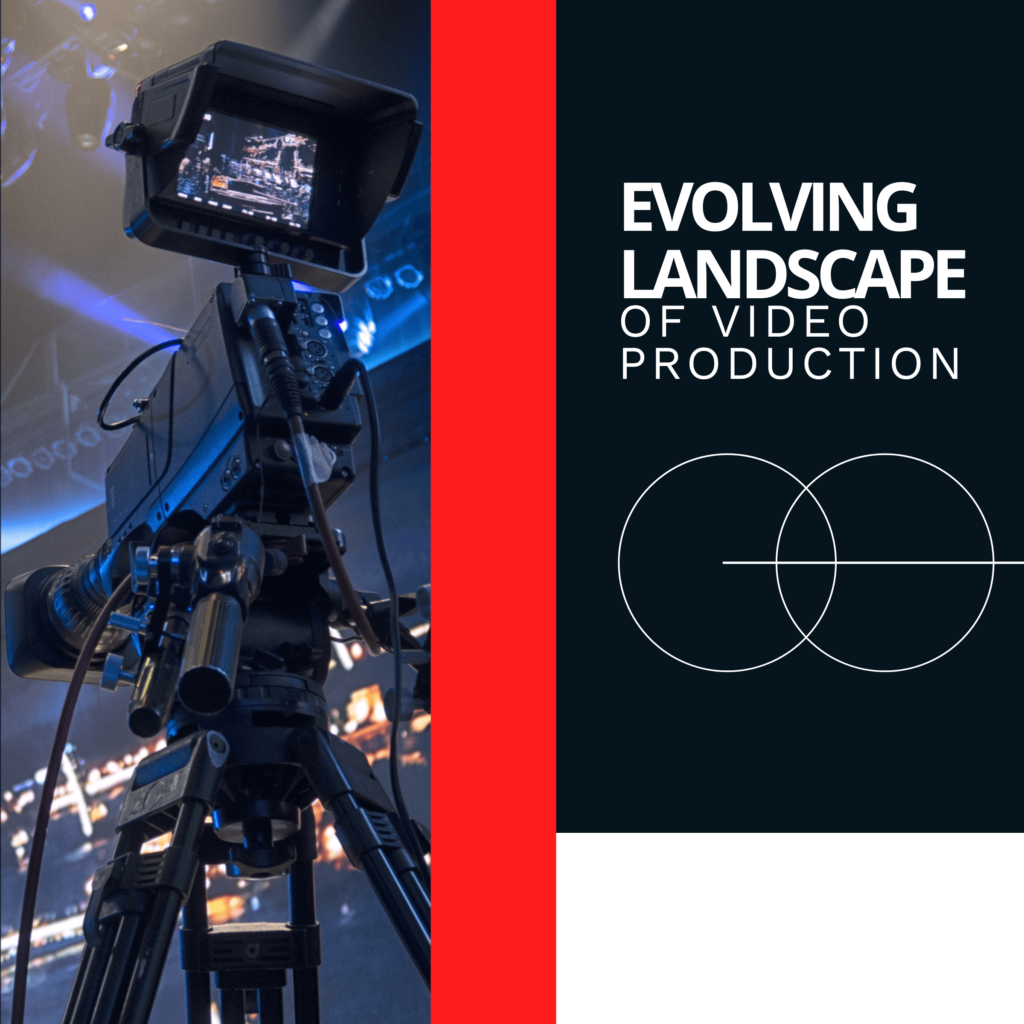In the dynamic realm of video production, we are witnessing a rapid evolution spurred by technological innovations and evolving audience preferences. From the integration of AI and machine learning to the rise of immersive experiences like virtual production and VR, the industry is teeming with hot topics that shape the future of filmmaking. Let’s delve into the key trends driving the narrative in video production this year:
1. AI and Machine Learning in Video Production
AI and machine learning technologies are reshaping the landscape of video production by automating various processes and enhancing visual effects. From streamlining editing tasks to refining color correction and sound editing, AI tools are becoming indispensable assets for content creators. Moreover, machine learning algorithms analyze viewer behaviors to craft personalized content that resonates with audiences on a deeper level.
2. Virtual Production
Virtual production, popularized by groundbreaking projects like “The Mandalorian,” emerges as a dominant trend in 2024. Leveraging LED walls and real-time rendering, filmmakers transport viewers into immersive environments without ever leaving the studio. This innovative approach not only reduces production costs but also unleashes boundless creative possibilities for storytelling.

3. Interactive Videos
Interactive videos are gaining traction as an engaging medium that empowers viewers to shape their narrative experience. By offering choices and interactions within the content, creators foster deeper engagement and deliver personalized experiences tailored to individual preferences. This trend finds applications across marketing campaigns, educational content, and interactive storytelling ventures.
4. Short-Form Video Content
Short-form video content continues to dominate digital platforms, fueled by the popularity of platforms like TikTok and Instagram Reels. These bite-sized videos captivate audiences in today’s fast-paced digital landscape, making them ideal for brand promotion and viral marketing campaigns.
5. 4K and 8K Video Production
The demand for ultra-high-definition content escalates with the mainstream adoption of 4K and 8K video production. Industries ranging from gaming to nature documentaries embrace higher resolutions to deliver immersive viewing experiences that captivate audiences on advanced display technologies.
6. 360-Degree Videos and VR
360-degree videos and virtual reality (VR) content redefine storytelling by offering immersive experiences that transcend traditional formats. From virtual tours to educational simulations and interactive marketing campaigns, these immersive mediums captivate audiences by inviting them to explore content from every angle.
7. Live Streaming
Live streaming remains a powerful tool for brands and creators to engage with audiences in real-time. Enhanced streaming technologies deliver high-quality video experiences, enabling interactive Q&A sessions, product launches, and live events that foster direct engagement with viewers.
8. Sustainability in Video Production
Environmental sustainability becomes a focal point in video production, driving the adoption of greener practices across the industry. From energy-efficient equipment to digital workflows that minimize waste, sustainable production practices emerge as a priority for conscientious filmmakers and production companies.
9. Remote Production and Collaboration Tools
The pandemic accelerates the adoption of remote production tools, enabling teams to collaborate seamlessly from different locations. Cloud-based collaboration platforms streamline workflows, ensuring efficiency and flexibility in modern video production processes.
10. Enhanced Post-Production Techniques
Advancements in post-production software empower creators with innovative tools for visual effects, motion graphics, and sound design. These enhancements enable more creative and efficient workflows, enhancing the overall quality of video productions.
11. Personalized Video Content
Personalized video content gains prominence as producers leverage data analytics to tailor content to specific audience segments. By understanding viewer preferences and behaviors, creators deliver targeted content that resonates with audiences on a personal level, driving engagement and brand loyalty.
12. Augmented Reality (AR) Integration
Augmented Reality (AR) technologies enhance video content by creating interactive and immersive experiences. From interactive marketing campaigns to educational content, AR integration enriches storytelling and captivates audiences by blending virtual elements with real-world environments.
The video production landscape is defined by innovation, creativity, and a commitment to delivering immersive experiences that captivate audiences. As technological advancements continue to shape the industry, content creators must embrace these trends to stay ahead in an ever-evolving landscape of filmmaking.

